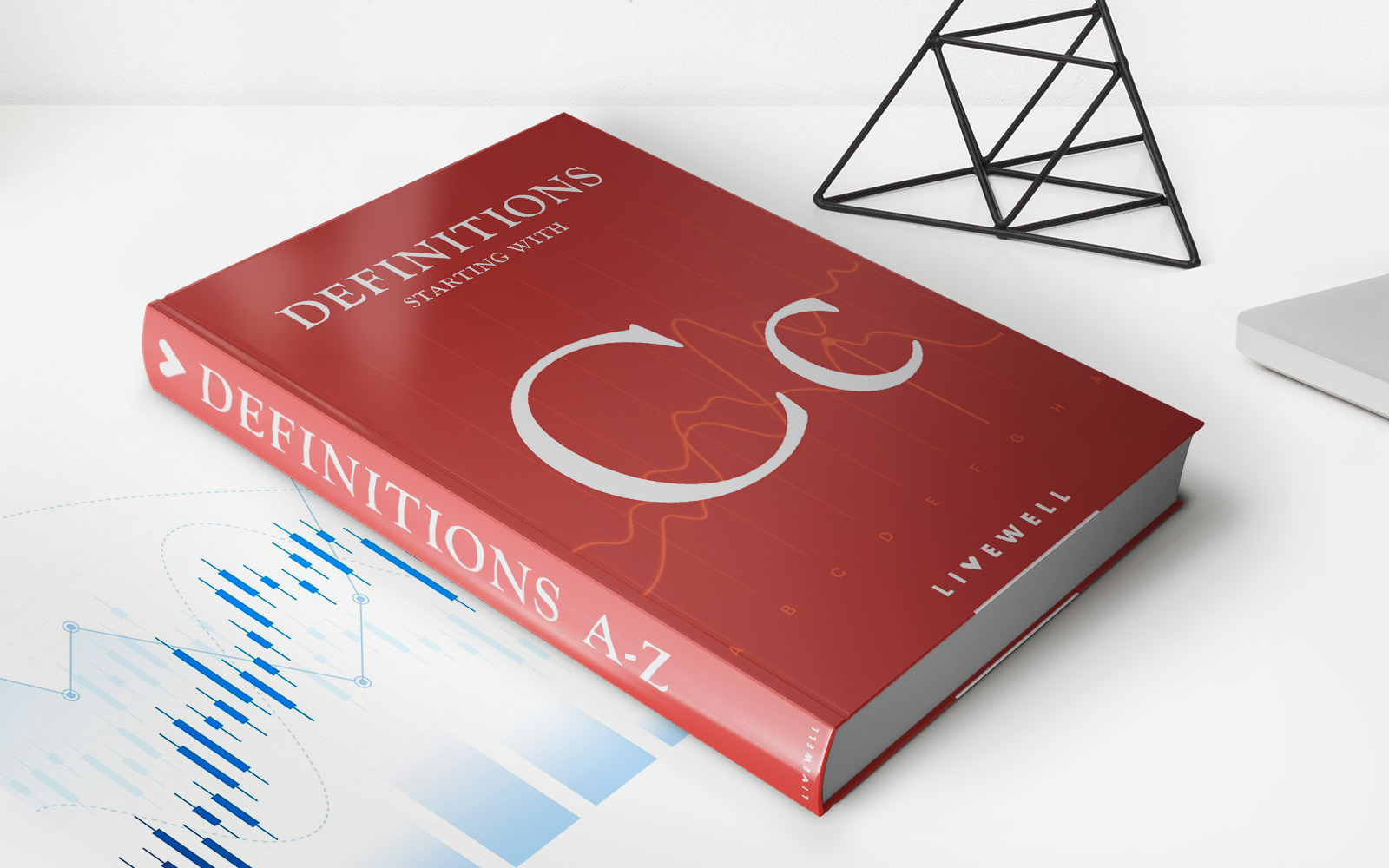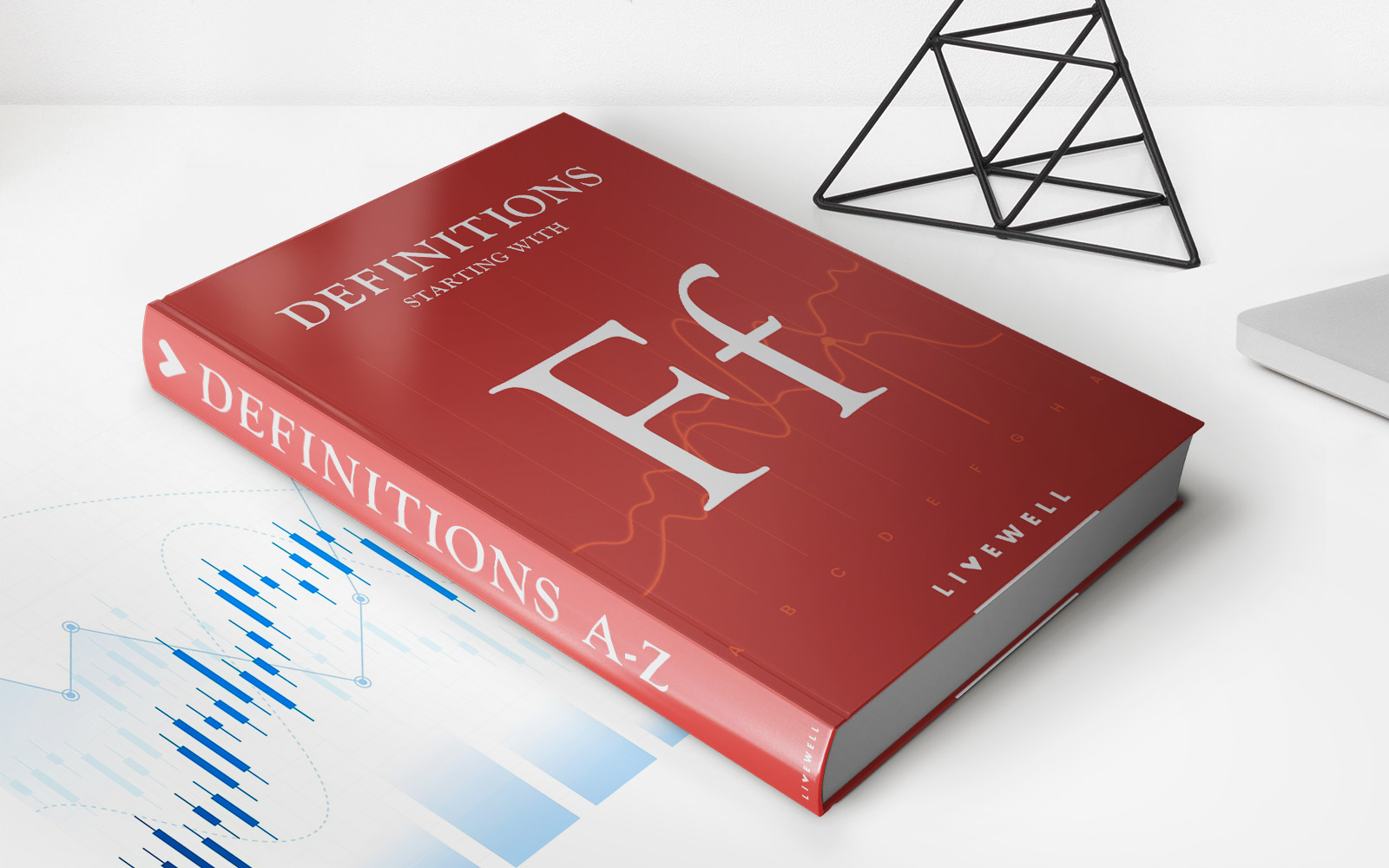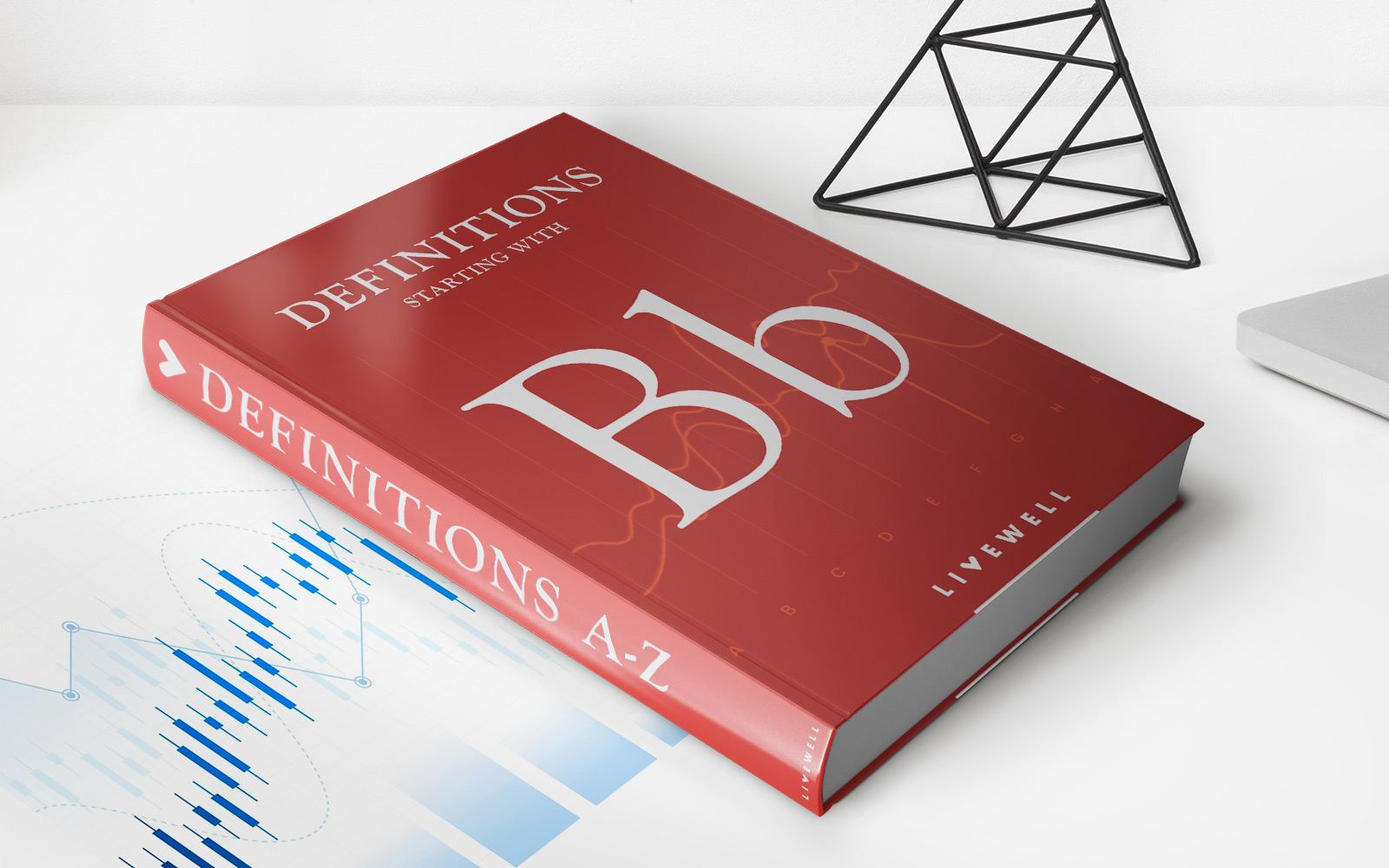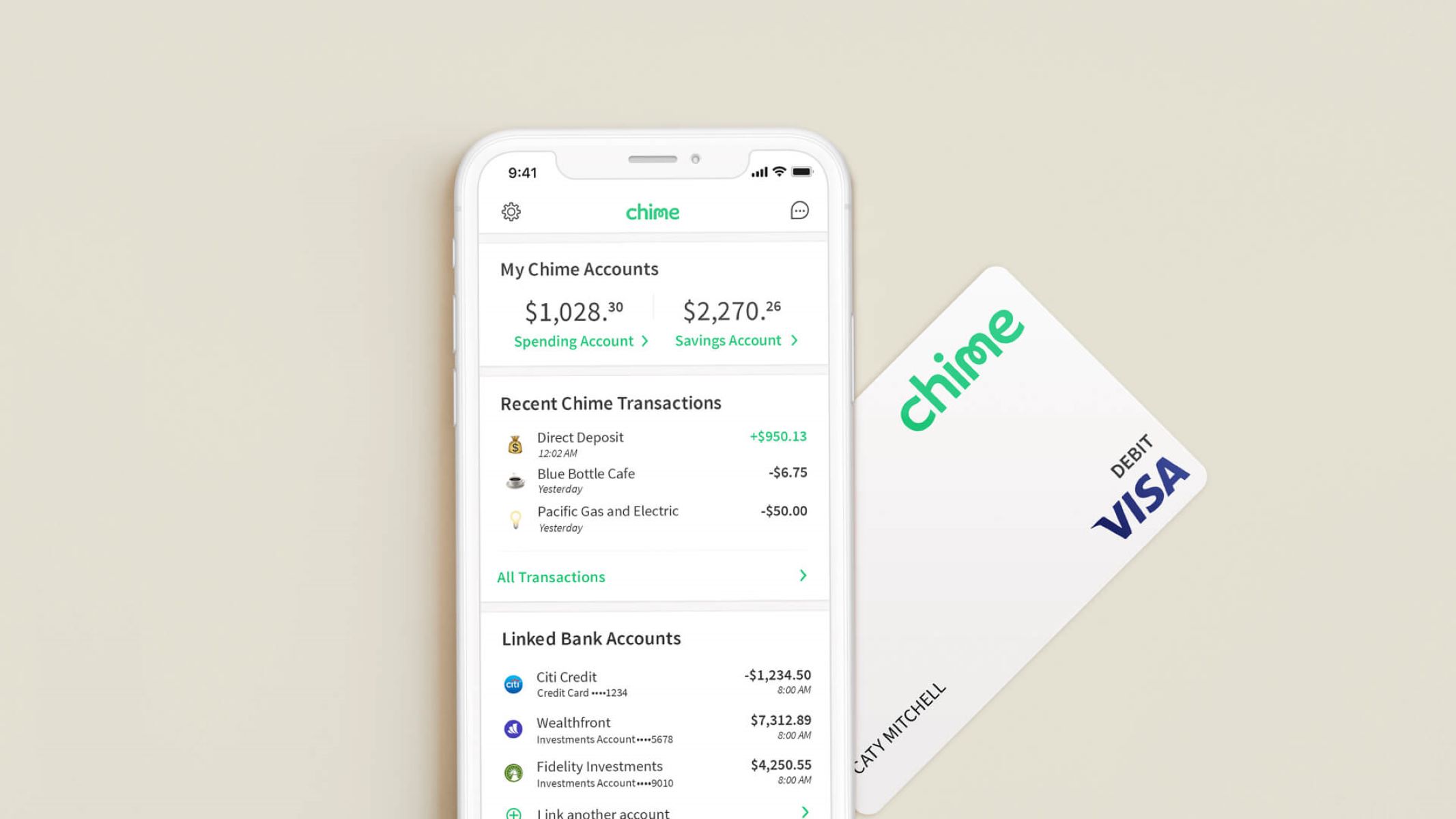

Finance
How Capital Structure Affects P/E Ratio
Modified: December 30, 2023
Discover how the capital structure of a company influences the price-to-earnings (P/E) ratio in the world of finance.
(Many of the links in this article redirect to a specific reviewed product. Your purchase of these products through affiliate links helps to generate commission for LiveWell, at no extra cost. Learn more)
Table of Contents
Introduction
When it comes to evaluating a company’s financial health and investment potential, one of the key metrics that investors consider is the Price-to-Earnings (P/E) ratio. The P/E ratio provides insights into how the market values a company’s stock relative to its earnings. A higher P/E ratio typically indicates that investors have high growth expectations for the company, while a lower P/E ratio may suggest undervaluation.
However, the P/E ratio is not solely determined by the company’s earnings or market sentiment; it is also influenced by factors related to the company’s capital structure. Capital structure refers to the way a company finances its operations through a blend of debt and equity. Understanding the relationship between capital structure and the P/E ratio is crucial for investors to make informed decisions.
Throughout this article, we will delve into the dynamics of capital structure and its impact on the P/E ratio. We will explore how different levels of debt and equity affect the perceived risk, profitability, and growth prospects of a company, ultimately shaping its P/E ratio. Additionally, we will examine the factors that can influence the relationship between capital structure and the P/E ratio, along with real-world case studies and examples.
By gaining a deeper understanding of how capital structure affects the P/E ratio, investors can have a more comprehensive view of a company’s valuation and make well-informed investment decisions. So, let’s dive in and explore the intricate interplay between capital structure and the P/E ratio.
Understanding Capital Structure
Before we delve into how capital structure affects the P/E ratio, let’s first establish a clear understanding of what capital structure entails. Capital structure refers to the mix of a company’s long-term financing sources, namely debt and equity.
Debt financing involves borrowing money from lenders, such as banks or bondholders, with the expectation of repaying the principal amount along with interest over a specified period. In contrast, equity financing represents the ownership stake that shareholders hold in a company, entitling them to a share of the profits and assets.
The decision to use debt or equity to fund a company’s operations depends on various factors, including the level of risk the company is willing to take, its growth prospects, and the cost of capital. Companies typically strive to strike a balance between debt and equity to optimize their capital structure.
High levels of debt can lead to higher interest payments, which can hamper a company’s ability to invest in growth opportunities or weather economic downturns. However, taking on some level of debt can also be advantageous, as it allows companies to leverage their capital and benefit from the tax deductibility of interest expenses.
On the other hand, relying heavily on equity financing dilutes existing shareholders’ ownership and can limit the potential returns for investors. However, having a higher proportion of equity can provide a more stable financial foundation and mitigate potential default risks associated with excessive debt.
It’s important to note that capital structure decisions can vary across industries and companies, as different sectors and business models have different financing needs and risk profiles. For example, capital-intensive industries such as utilities or infrastructure may have a higher proportion of debt in their capital structure, while technology startups may rely more on equity financing.
By understanding the intricacies of capital structure and the trade-offs between different sources of financing, investors can gain insights into a company’s risk appetite, financial stability, and potential for future growth. This understanding serves as a critical foundation for analyzing the impact of capital structure on the P/E ratio, which we will explore in the next section.
What is P/E Ratio?
The Price-to-Earnings (P/E) ratio is a widely used financial metric that helps investors assess the relative valuation of a company’s stock. It is calculated by dividing the market price per share of a company’s stock by its earnings per share (EPS).
The P/E ratio provides insights into how much investors are willing to pay for each unit of the company’s earnings. It represents the number of years it would take for an investor to recoup their investment based on the current earnings level. A higher P/E ratio suggests that investors have high growth expectations for the company, while a lower P/E ratio may indicate undervaluation.
The P/E ratio is commonly used as a benchmark to compare companies within the same industry or against the broader market. A company with a higher P/E ratio is often perceived as having stronger growth prospects or superior profitability, making it potentially more attractive to investors.
While the P/E ratio is a useful tool for sizing up a company’s valuation, it is not without limitations. The P/E ratio does not take into account other factors that can influence a company’s stock price, such as industry dynamics, competitive position, or overall market conditions. Moreover, different sectors or industries may have different typical P/E ratios due to variations in growth rates, risk levels, or capital intensity.
It’s important for investors to consider the P/E ratio within the broader context of a company’s fundamentals, growth prospects, and future earnings potential. A high P/E ratio may indicate growth expectations that the company might struggle to meet, while a low P/E ratio could reflect temporary setbacks or undervaluation that may present a buying opportunity.
Now that we have a clear understanding of what the P/E ratio represents, let’s explore how capital structure can influence this important metric in the next section.
Relationship Between Capital Structure and P/E Ratio
The capital structure of a company, characterized by its mix of debt and equity financing, can significantly impact the P/E ratio. The way a company chooses to finance its operations affects its perceived risk, profitability, and growth prospects, all of which can ultimately shape its P/E ratio. Let’s explore the relationship between capital structure and the P/E ratio in more detail.
1. Risk Perception: The capital structure of a company provides insights into its risk profile. A high level of debt in the capital structure increases the financial risk, as the company has to meet interest payments and repay the principal amount regardless of its earnings performance. This elevated risk might result in a lower P/E ratio as investors demand a higher return to compensate for the increased risk. Conversely, a lower level of debt may be seen as less risky, leading to a higher P/E ratio.
2. Profitability: The capital structure can influence a company’s profitability metrics, such as its profit margins and return on equity (ROE). Higher levels of debt might lead to higher interest expenses, which can reduce the company’s net income and profitability. As a result, the P/E ratio may be lower as investors factor in the lower profitability. Conversely, a lower level of debt can support higher profitability, potentially leading to a higher P/E ratio.
3. Growth Potential: The capital structure plays a role in determining a company’s ability to pursue growth opportunities. Excessive debt burdens can limit a company’s flexibility to invest in research and development, marketing, or expansion initiatives. This can impact the company’s growth potential and potentially result in a lower P/E ratio. Companies with more equity financing, on the other hand, may have more resources available for growth investments, potentially leading to a higher P/E ratio as investors expect higher future earnings.
It’s important to note that the relationship between capital structure and the P/E ratio is not linear and can vary depending on various factors, including industry dynamics, market conditions, and company-specific characteristics. Each company’s capital structure and P/E ratio should be assessed in the context of these factors to gain a holistic view.
In the next section, we will explore the specific impact of debt and equity on the P/E ratio and how different levels of these components can influence investor perceptions and valuation.
Impact of Debt on P/E Ratio
The level of debt in a company’s capital structure can have a significant impact on its P/E ratio. Let’s dive into the specific ways in which debt can influence the P/E ratio.
1. Increased Risk: Higher levels of debt increase a company’s financial risk. The presence of significant debt obligations can potentially strain the company’s cash flow, making it riskier for investors. As a result, investors may demand a higher return, leading to a lower P/E ratio. Companies with high levels of debt may be perceived as more vulnerable to economic downturns or interest rate fluctuations, which can negatively affect their earnings and stock price.
2. Interest Expenses: Debt financing involves periodic interest payments, which can impact a company’s profitability. Higher interest expenses reduce the company’s earnings, which in turn can lead to a lower P/E ratio. Investors tend to value companies with lower interest expenses more favorably as it indicates higher profitability and earnings potential.
3. Cash Flow Allocation: Companies with high levels of debt often have to allocate a significant portion of their cash flow towards interest payments and debt repayment, leaving less capital available for growth initiatives. This can impact the company’s ability to invest in research and development, marketing, or expansion, potentially resulting in slower growth and a lower P/E ratio.
4. Default Risk: Excessive debt increases the risk of default, which can have severe consequences for both investors and lenders. As the default risk rises, investors will demand a higher return as compensation, leading to a lower P/E ratio. Companies with lower debt levels, or a strong ability to service their debt, are generally seen as less risky and may command a higher P/E ratio.
It’s essential to note that while high levels of debt may put pressure on the P/E ratio, some industries, such as utilities or real estate, tend to have naturally higher levels of debt due to their capital-intensive nature. Evaluating the relationship between debt and the P/E ratio should consider industry benchmarks and comparable companies.
In the next section, we will explore the impact of equity on the P/E ratio and how an optimal balance between debt and equity can influence investors’ perception of valuation.
Impact of Equity on P/E Ratio
Equity, as a component of a company’s capital structure, also plays a significant role in shaping the P/E ratio. Let’s examine how equity can impact the P/E ratio from different perspectives.
1. Ownership Dilution: As a company issues more equity, existing shareholders’ ownership stake gets diluted. This dilution can adversely impact the P/E ratio as investors may perceive a lower share of the company’s earnings accruing to their investment. Consequently, a higher proportion of equity in the capital structure may lead to a lower P/E ratio.
2. Stability and Financial Flexibility: Companies with higher equity levels are generally seen as having stronger financial stability and flexibility. Equity provides a buffer to absorb financial shocks and gives companies the ability to weather economic downturns more effectively. As a result, companies with a higher proportion of equity may command a higher P/E ratio, as investors are willing to pay a premium for stability.
3. Growth Potential: Equity financing can provide companies with the capital needed to fund expansion plans, research and development, and other growth initiatives. A higher proportion of equity in the capital structure can indicate that the company has resources available for future growth. This growth potential can influence investors’ perception and potentially lead to a higher P/E ratio.
4. Dividend Policy: Companies with a history of distributing dividends to shareholders may attract investors who seek stable income. Dividends are usually paid from profits after interest and taxes, making equity financing an important factor in dividend payments. A higher proportion of equity in the capital structure may indicate a higher potential for dividend distributions, potentially resulting in a higher P/E ratio.
It’s important to note that the impact of equity on the P/E ratio can be industry-specific. Some sectors, such as technology or biotechnology, may have a higher P/E ratio despite a larger proportion of equity in their capital structure due to high-growth expectations. Additionally, companies in the early stages of growth may rely heavily on equity financing to fund their expansion, resulting in a higher P/E ratio despite potential dilution.
Ultimately, the balance between debt and equity in a company’s capital structure, along with factors such as industry dynamics and growth potential, will shape the investor perception of valuation and influence the P/E ratio.
In the next section, we will explore the various factors that can affect the relationship between capital structure and the P/E ratio.
Factors Affecting the Relationship between Capital Structure and P/E Ratio
While the capital structure of a company and its impact on the P/E ratio are essential considerations, it’s important to recognize that the relationship is influenced by a variety of factors. Let’s explore some of the key factors that can affect this relationship:
1. Industry Dynamics: Different industries have unique characteristics and capital structure norms. Some industries, such as utilities or infrastructure, may have higher levels of debt due to their capital-intensive nature. Conversely, industries with higher growth potential, such as technology or biotechnology, may rely more on equity financing. Investors should compare a company’s capital structure and P/E ratio within the context of industry benchmarks.
2. Market Conditions: Market conditions, such as interest rates and investor sentiment, can impact the relationship between capital structure and the P/E ratio. For example, in a low-interest-rate environment, companies may take on more debt due to lower borrowing costs, potentially influencing the P/E ratio. Additionally, during periods of market optimism, investors may be more willing to accept higher P/E ratios, regardless of a company’s capital structure.
3. Company Size and Growth Potential: The size and growth potential of a company can influence its optimal capital structure and, in turn, the P/E ratio. Smaller companies may need to rely more on equity financing to fund growth initiatives, potentially resulting in a higher P/E ratio. Larger, more established companies may have the stability and track record to support higher levels of debt, leading to a lower P/E ratio.
4. Profitability and Earnings Stability: The profitability and stability of a company’s earnings can affect the P/E ratio. Companies with consistent and growing earnings may command higher P/E ratios, regardless of their capital structure. On the other hand, companies with volatile or unpredictable earnings may have lower P/E ratios, as investors assign a higher risk premium.
5. Investor Perception: Lastly, investor perception plays a crucial role in defining the relationship between capital structure and the P/E ratio. Different investors may have varying risk tolerances and preferences for debt versus equity. Additionally, market trends and sentiment can shape investor expectations and influence the valuation metrics they consider, ultimately affecting the P/E ratio.
It’s critical to consider these factors when analyzing the impact of capital structure on the P/E ratio. Each company’s unique combination of industry, market conditions, size, profitability, and investor perception will determine its optimal capital structure and valuation metrics.
In the next section, we will dive into real-world case studies and examples to further illustrate the relationship between capital structure and the P/E ratio.
Case Studies and Examples
Examining real-world case studies and examples can provide valuable insights into the relationship between capital structure and the P/E ratio. Let’s explore a couple of notable examples:
1. Company A and Company B: Company A and Company B operate in the same industry and have similar financial performance. However, their capital structures differ significantly. Company A has a higher proportion of debt in its capital structure, while Company B relies more on equity financing. As a result, Company A has a lower P/E ratio compared to Company B. This difference can be attributed to investors perceiving Company A as more risky due to its higher debt burden, leading to a higher required return and a lower P/E ratio.
2. Company X: Company X, a technology startup, has been growing rapidly and requires substantial capital to fund its expansion plans. To finance its growth, Company X opts to raise funds through equity financing instead of taking on debt. Despite the dilution of existing shareholders’ ownership, the decision to rely on equity financing bolsters investors’ confidence in the company’s growth prospects. As a result, Company X commands a higher P/E ratio compared to its industry peers that have higher debt levels and lower growth potential.
These case studies highlight that while the capital structure can influence the P/E ratio, other factors such as industry dynamics, growth potential, and investor perception intertwine to shape the valuation of a company.
It’s worth noting that the relationship between capital structure and the P/E ratio can also shift over time as a company evolves. A company may change its capital structure in response to changing market conditions, industry trends, or strategic considerations. As a result, the impact on the P/E ratio can vary accordingly.
Investors should carefully analyze the specific circumstances of each company and consider various factors, including industry benchmarks, financial performance, growth prospects, and investor sentiment, to form a comprehensive understanding of the relationship between capital structure and the P/E ratio.
In the final section, we will summarize the key insights and conclude our exploration of how capital structure affects the P/E ratio.
Conclusion
The relationship between a company’s capital structure and its Price-to-Earnings (P/E) ratio is complex and multifaceted. Understanding this relationship is essential for investors looking to accurately assess a company’s valuation and make informed investment decisions.
We have explored how capital structure, which comprises the mix of debt and equity financing, can influence the P/E ratio. We highlighted that higher levels of debt increase financial risk, impact profitability, and potentially lower the P/E ratio. Conversely, a higher proportion of equity can enhance stability, growth prospects, and potentially lead to a higher P/E ratio.
Several factors affect the relationship between capital structure and the P/E ratio. These factors include industry dynamics, market conditions, company size, profitability, and investor perception. Recognizing these factors helps investors contextualize a company’s capital structure and interpret its impact on the P/E ratio accurately.
We also explored real-world case studies and examples to provide insights into how different capital structures can influence the P/E ratio. These examples emphasize the importance of considering industry norms, growth potential, and investor sentiment when assessing a company’s valuation.
In conclusion, capital structure is a critical element in understanding the P/E ratio of a company. It influences risk perception, profitability, growth potential, and ultimately impacts how investors value a company’s stock. Investors should analyze the interplay between capital structure, industry dynamics, and market conditions to gain a comprehensive understanding of a company’s valuation.
By incorporating insights from this exploration of the relationship between capital structure and the P/E ratio, investors can make more informed investment decisions and better navigate the complexities of the financial markets.














